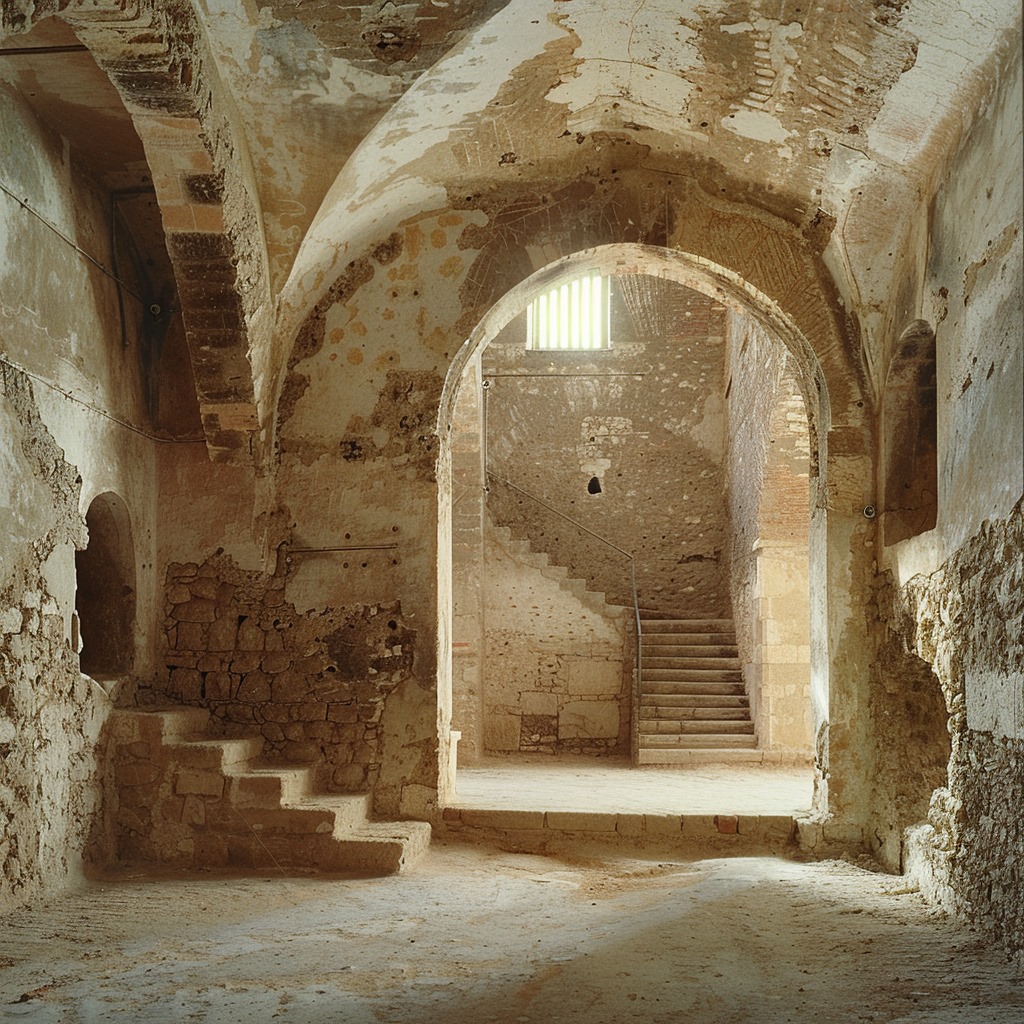Historic structures are a testament to our past, offering a tangible connection to the stories and events that have shaped our world. However, the preservation of these structures can be a complex task, particularly when it comes to the removal of cement. This guide will delve into the intricacies of gentle cement removal, providing you with the knowledge to ensure these historic structures continue to stand the test of time.
Understanding the Importance of Gentle Cement Removal
Before we delve into the practicalities of cement removal, it’s crucial to understand why this process is so important. Cement, while a robust and durable material, can cause significant damage to historic structures over time. It’s often harder and less permeable than the original building materials, leading to moisture retention and subsequent decay.
Moreover, the removal of cement from historic structures is not just about preserving the physical integrity of the building. It’s also about maintaining the aesthetic and historical authenticity of the structure. Inappropriate repairs or alterations can significantly detract from the historical value of a building, making gentle and careful cement removal a critical aspect of preservation.
The Process of Gentle Cement Removal
Assessment and Planning
The first step in any cement removal project is a thorough assessment of the structure. This involves identifying the type and condition of the original building materials, the extent of the cement coverage, and the potential risks associated with removal. This information is crucial in developing a safe and effective removal plan.
Planning should also consider the potential impact on the surrounding environment. For example, the removal process can generate dust and debris that may affect nearby buildings or landscapes. Therefore, appropriate measures should be put in place to minimise these impacts.
Choosing the Right Tools and Techniques
Once the assessment and planning stage is complete, the next step is to select the appropriate tools and techniques for the job. This can range from simple hand tools for small-scale projects, to more advanced machinery for larger structures. The choice of tools should be guided by the nature of the structure and the type of cement to be removed.
Techniques for gentle cement removal can vary widely, depending on the specific circumstances of the project. However, some common methods include mechanical removal, such as chiselling or grinding, and chemical removal, using specially formulated products to dissolve the cement. It’s essential to choose a technique that minimises damage to the original building materials.
When it comes to ECS removing cement from historic buildings, it’s crucial to employ techniques that are both effective and gentle on the original materials. One of the most commonly used methods is pneumatic scaling, which offers a high degree of control and precision in removing cement layer by layer while minimizing damage to the underlying stonework.
Understanding the Challenges of Cement Removal
Cement, when applied to historic buildings, can often become severely damaged due to exposure to humidity and moisture. In some cases, the cement may even become powdery, making it easier to remove. However, there are exceptions to this rule, such as the use of products like Sika 620, which are sometimes applied to historic buildings to address damp issues. In these cases, the cement may have bonded so strongly to the underlying stone that it has caused significant damage, often to the point where the stone needs to be replaced.
Pneumatic Scaling: A Controlled Approach
Pneumatic scaling, which involves the use of compressed air-powered chisels, is particularly well-suited for removing cement from historic structures. This method allows for precise control over the depth and speed of removal, enabling the operator to carefully peel away the cement layer by layer without causing undue harm to the stonework.
Assessing Damage and Adapting Techniques
In situations where the cement has caused extensive damage to the underlying stone, a more aggressive approach may be necessary. In these cases, pneumatic chisels with a higher power output can be used to remove the top layer of cement, allowing for a thorough assessment of the damage. Once the extent of the damage is determined, the operator can revert to using gentler scaling tools to remove any remaining cement while minimizing further harm to the stone.
For us at ECS, removing cement from historic buildings requires a delicate balance of effectiveness and preservation. By employing techniques like pneumatic scaling and adapting the approach based on the specific conditions of the building, it’s possible to safely and effectively remove cement while protecting the integrity of the original materials. This knowledge is crucial for anyone involved in the restoration and preservation of historic structures.
Post-Removal Considerations
Repair and Restoration
After the cement has been successfully removed, the next step is to repair any damage and restore the structure to its original state. This may involve replacing damaged bricks or stones, repointing mortar joints, or applying a suitable protective coating to prevent future deterioration.
It’s important to remember that the goal of restoration is not to make the structure look new but to preserve its historical character. Therefore, any repairs or alterations should be sympathetic to the original design and materials of the building.
Maintenance and Monitoring
Preserving historic structures is an ongoing process, requiring regular maintenance and monitoring to ensure their continued survival. This includes regular inspections to identify any signs of deterioration, as well as routine cleaning and maintenance tasks.
Monitoring can also help to identify any issues with the cement removal process itself. For example, if the cement begins to reappear, this could indicate a problem with the removal technique or the underlying building materials. By keeping a close eye on the structure, you can ensure that any issues are addressed promptly and effectively.
Conclusion
Preserving history is a responsibility we all share, and the gentle removal of cement from historic structures plays a crucial role in this endeavour. By understanding the importance of this process and following the correct procedures, we can ensure that these structures continue to tell their stories for generations to come.
The removal of cement from historic buildings is not just about preserving the physical integrity of the structure; it’s also about maintaining its aesthetic and historical authenticity. Inappropriate repairs or alterations can significantly detract from the historical value of a building, making gentle and careful cement removal a critical aspect of preservation.
Throughout this guide, we’ve explored the intricacies of gentle cement removal, from the importance of proper assessment and planning to the selection of appropriate tools and techniques. We’ve also discussed the post-removal considerations, such as repair, restoration, maintenance, and monitoring, which are essential for ensuring the long-term preservation of historic structures.
Whether you’re a professional conservator or a passionate amateur, the principles outlined in this guide can provide a solid foundation for your preservation efforts. Remember, the goal is not to erase the signs of age but to respect and preserve the unique character and history of each structure.
By employing techniques like pneumatic scaling and adapting the approach based on the specific conditions of the building, it’s possible to safely and effectively remove cement while protecting the integrity of the original materials. This knowledge is crucial for anyone involved in the restoration and preservation of historic structures.
As we conclude this guide, we encourage you to continue learning and exploring the world of historic preservation. There is always more to discover, and by sharing our knowledge and experiences, we can work together to protect our shared heritage for generations to come.

